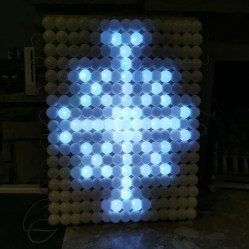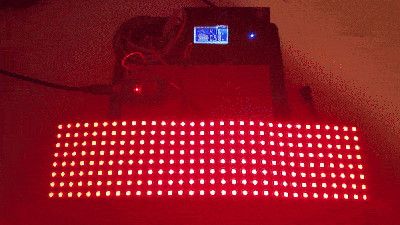LEDs were once little more than weedy little indicators with low light output. Today, they’re absolute powerhouses, efficiently turning a flow of electrons into a searing beam of light. Despite their efficiency, they can still put out a fair whack of heat. Thus, if you’re building a powerful flashlight like [CrazyScience], you might wanna throw some active cooling on there just to keep things happy. Check out the video below.
The build will not be unfamiliar to any casual observer of the modern DIY flashlight scene. It uses a flatpack LED module of great brightness and a wad of 18650 lithium-ion cells to provide the juice to run it. The LED itself is mounted in a 3D-printed frame, which leaves its rear exposed, and a small PC fan is mounted for air cooling. It’s not the most optimized design, as airflow out of the fan is somewhat restricted by the 3D-printed housing, but it’s a lot better than simple passive cooling. It allows the torch to be more compact without requiring a huge heatsink to keep the LED at an acceptable temperature.
The final torch doesn’t have the most ergonomic form factor, but it does work. However, as a learning project for a new maker, it’s a start, and the learning value of building something functional can’t be understated. If your desire for flashlights swerves to the more powerful, we’ve covered those, too. Just be careful out there.
Continue reading “Powerful Flashlight Gets Active Air Cooling”



















